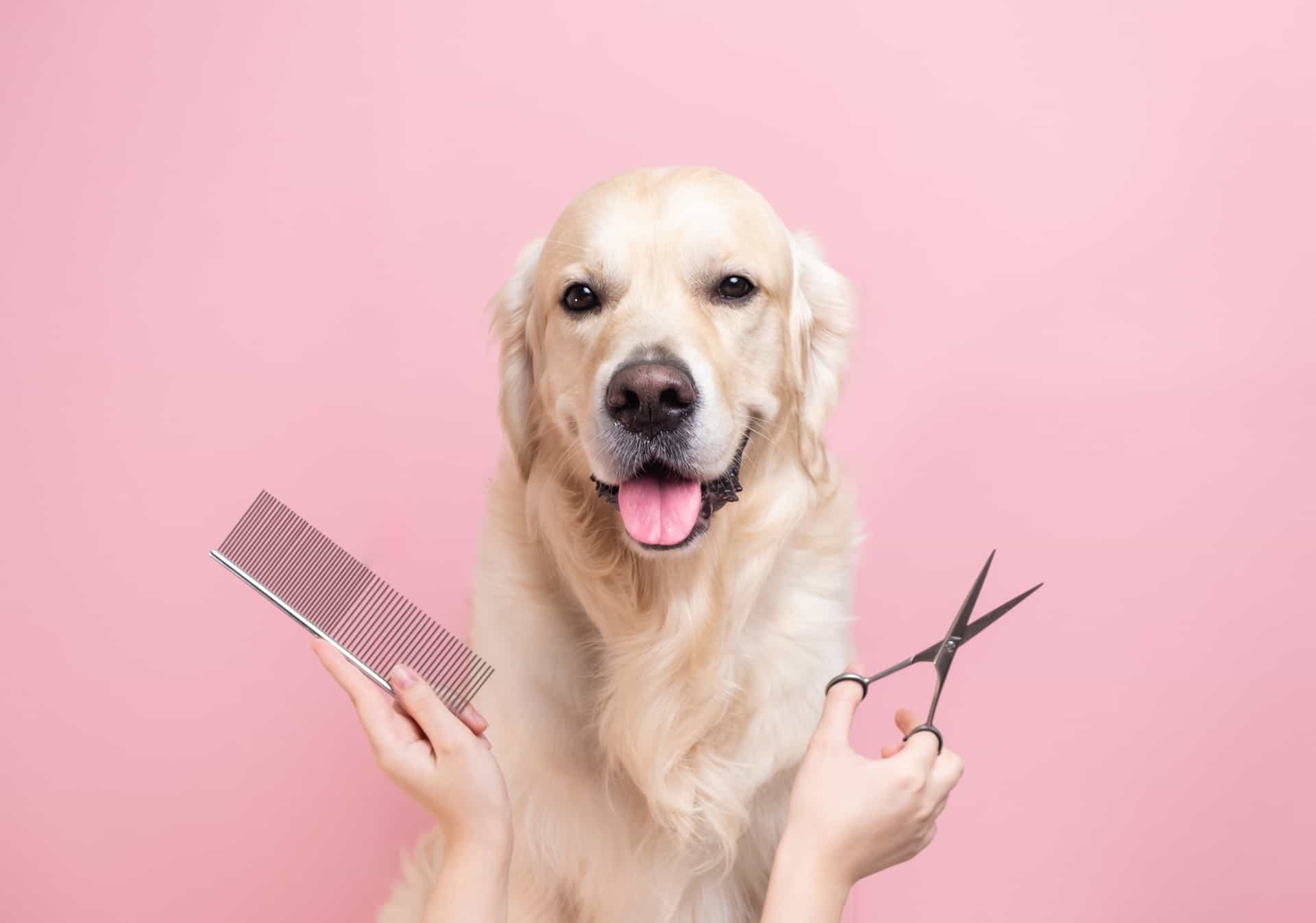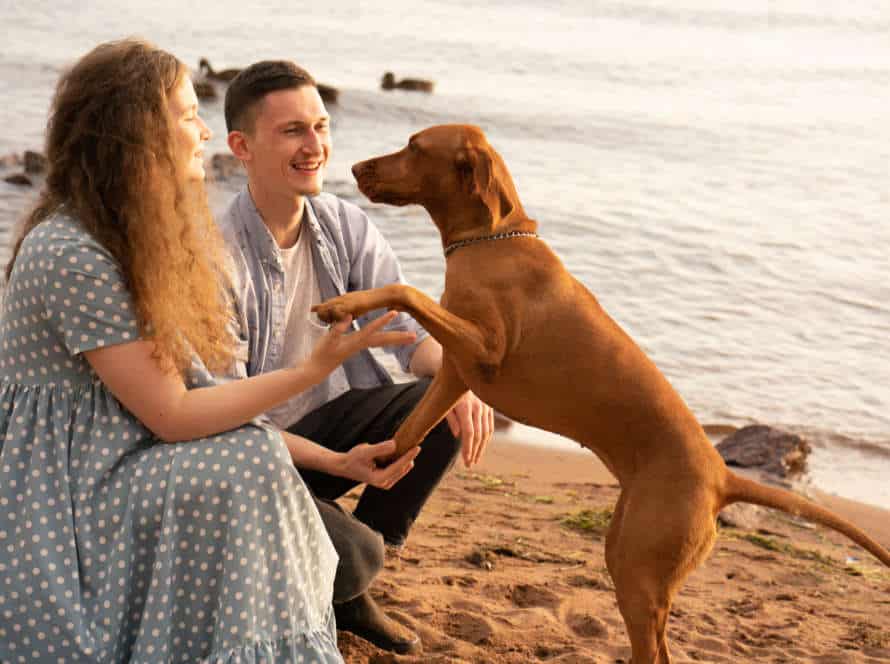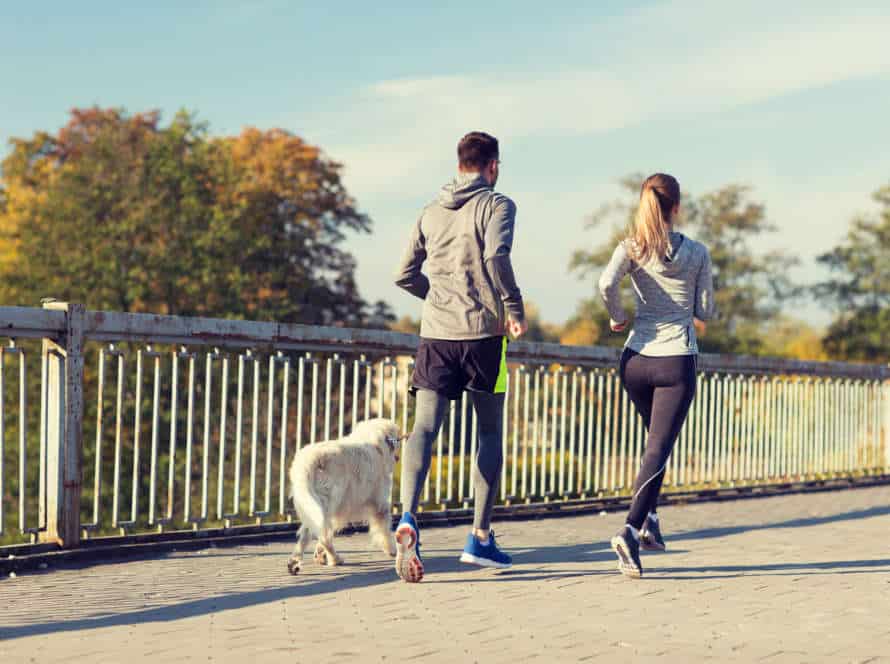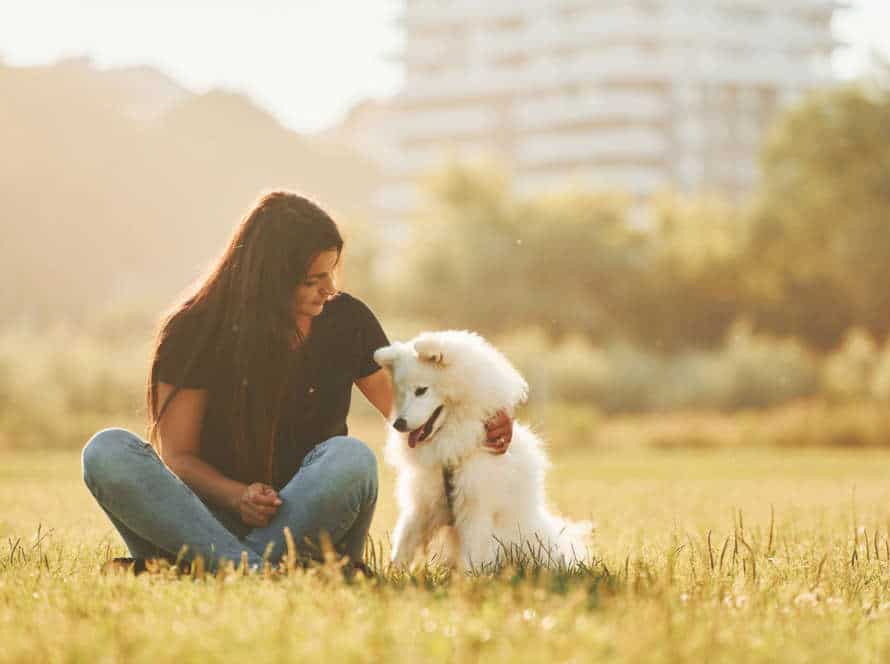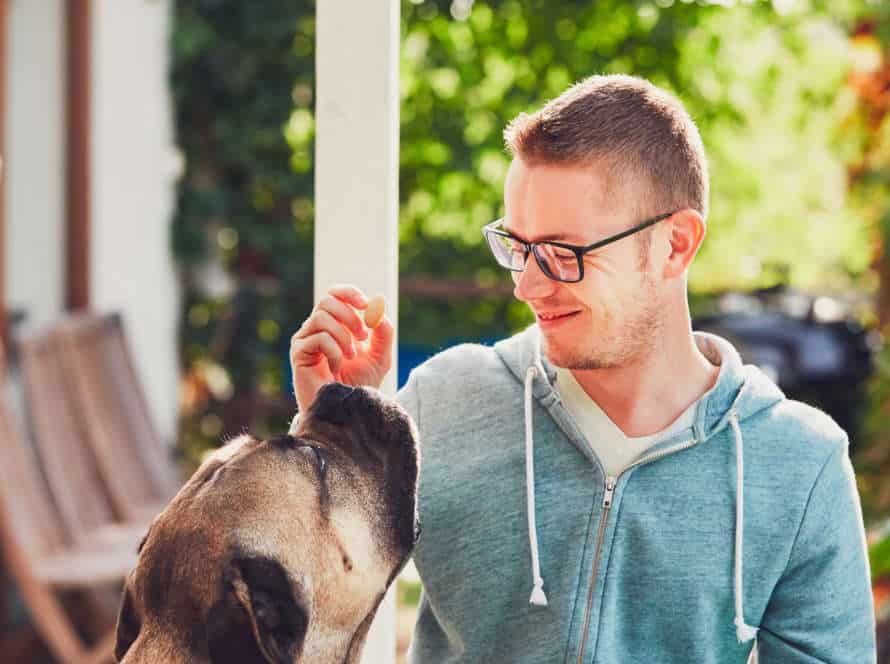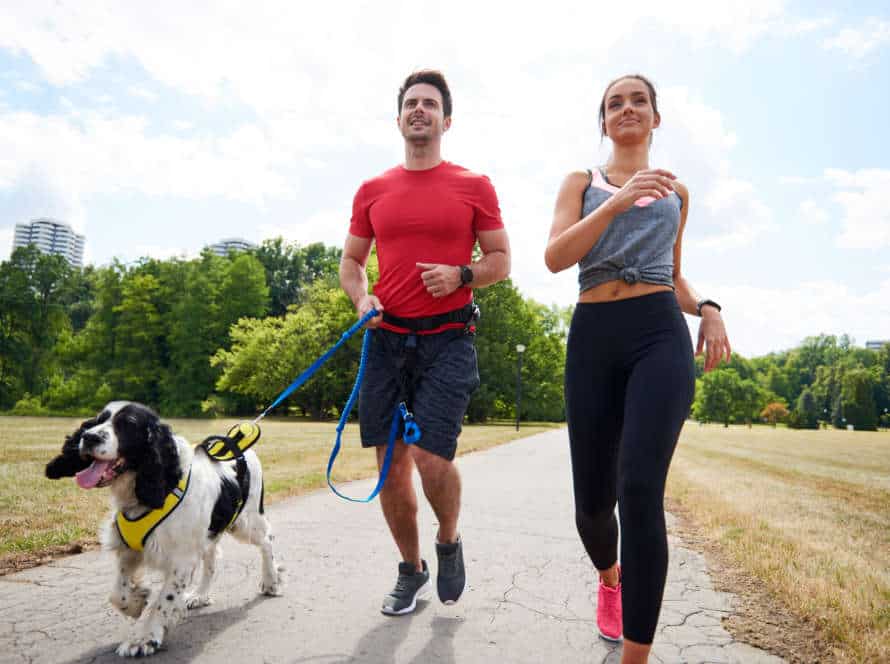Grooming Tools and Techniques: A Comprehensive Guide for Dog Owners
Grooming your pooch is essential for being a responsible pet parent. Here’s a guide for the best tools and techniques to keep your four-legged friend happy and healthy.
- Brushing: Regular brushing removes dirt, debris, and loose fur. This prevents matting and tangles.
- Bathing: Use mild dog shampoo and warm water. But, keep suds away from their eyes, ears, and nose.
- Nail clipping: Trim your dog’s nails regularly to prevent discomfort.
- Ear cleaning: Use a damp cloth or cotton ball. Don’t poke with sharp objects like Q-tips.
- Teeth cleaning: Brush your dog’s teeth with canine-friendly toothpaste and toothbrush.
Pro tip: If unsure, talk to a professional groomer or vet for advice!
Dog Grooming Tools
You love your pup? Get clued-up on dog grooming! It’s key for their happiness and health. In this guide, we’ll show you the tools and techniques to groom your pup so they look and feel amazing. Check it out!
Brushing and Combing Tools
Brushes and combs are a must-have for dog grooming. They help keep fur healthy, glossy, and tangle-free.
There are many kinds of brushes and combs on the market. Picking the right one for your dog’s coat type is important. Here are the most popular choices:
- Slicker brush: This works best for medium to long-haired canines. It removes mats, tangles, and excess fur.
- Bristle brush: Great for short-haired doggos! It clears dirt and debris from the coat.
- Shedding comb: Perfect for double-coated breeds. It removes excess fur during shedding season.
- Undercoat rake: Ideal for thick-coated breeds like huskies and malamutes. It takes out loose fur from under the topcoat.
- Dematting comb: Perfect for dogs with tough mats and tangles. It gets them out without hurting the skin.
Pro Tip: Always get a brush or comb that fits your dog’s coat type and size. Regular grooming with these tools keeps fur healthy and glossy. Plus, it’s a great bonding experience for you and your pup!
Shaving and Trimming Tools
Groom your doggo right with some essential tools! Clippers, trimmers, scissors, brushes, combs, deshedding tools, and nail clippers are among the most common ones used.
For example, use clippers and trimmers to trim fur and keep them neat. Scissors are great for sensitive areas like the face, ears, and paws. Plus, brushes and combs help with detangling and removing hair and debris. Deshedding tools help remove the undercoat and reduce shedding. Lastly, nail clippers can trim their nails easily.
Always use high-quality, safe tools. And take your time! Regular grooming sessions can prevent skin and coat problems.
Bathing Tools
Essential tools for bathing your pup? You betcha! Here’s what you need:
- Dog-specific shampoo – human shampoo can be too harsh.
- Pile of towels – to dry your pup off once they’re clean.
- A brush – to remove mats and tangles from the coat.
- A bath mat – to prevent slipping and injuries.
- Spray nozzle or pitcher – to easily rinse the shampoo.
- Ear cleaner – for preventing infections and irritation.
Groom your pup at home for a great bonding experience. Plus, reward them with treats when bath time is over!
Techniques for Brushing and Combing
Brushing and combing your dog is important. It can remove dirt, debris and loose hair, while stimulating their natural oils that keep their coat healthy. This article will go over the tools and techniques for brushing and combing your pup. Knowing these is essential for the best results.
Picking the Right Brush or Comb
Picking the perfect brush or comb for your pup’s grooming requirements is key to keeping their coat healthy and glossy. Depending on breed and coat type, certain types of combs and brushes may be necessary. Here are some tips:
- Short, smooth coats need a bristle brush or hound glove. This will eliminate loose hair/dirt and spread your doggo’s natural oils, enhancing shine and wellbeing.
- Longer, thicker coats require a slicker brush to untangle/mats and a comb to smooth/polish.
- Curly/wooly coats need a pin brush, comb, or rake to divide curls and eliminate tangles/mats.
Make sure to select a brush or comb that’s ideal for your dog’s coat/size. Too harsh/bristly can lead to discomfort/skin irritation.
Starting at the Head and Moving Down
When it comes to brushing and combing your pup, start at the head and move down towards the tail. This way, you can work through any tangles or mats in their fur with minimal discomfort. Here are some tips:
-
Gently brush their head and neck with a soft-bristled brush or slicker brush. Then, move down to the chest and shoulders, following the direction of the fur growth.
-
Grab a metal comb and work through any tangles or mats in the fur, starting at the ends and working your way up.
-
Trim hair around eyes, ears, and paws with grooming scissors – but be careful to not get too close to the skin.
-
Brush the tail and hindquarters, paying attention to sensitive areas around the anus and genitals. Use a flea comb to remove any insects or debris.
Pro tip: Reward your dog with treats and praise during grooming sessions to make it enjoyable!
Brushing in the Direction of Hair Growth
To keep your pup’s coat healthy and shiny, it’s important to brush their fur with the direction of its growth. Here’s why:
- Tangles and mats can be removed better without hurting the pup’s skin.
- Natural oils are spread evenly with this brushing technique.
- It helps with blood circulation and hair growth.
Don’t forget to use the right brush and be gentle while brushing!
Techniques for Shaving and Trimming
A furry companion needs grooming? There are several techniques to shave and trim them. Knowledge of safety and hygiene is a must. This guide will discuss the different techniques. For success and your dog’s comfort, follow the guidelines. Let’s get started!
Clipper vs Scissors
Groom your pup? Choosing the right tools can make a huge difference. Clippers and scissors are both effective for shaving and trimming fur. But they work in different ways and need different techniques.
Clippers use a motorized blade to quickly trim. They’re best for breeds with thick coats or if you want to remove lots of fur.
Scissors are more precise. Use them to shape and detail areas like the face, paws, and tail.
When using clippers, pick the right blade length and be careful not to cut skin. With scissors, steady your hand and take small, careful snips. No matter which tool you choose, make sure it’s sharp and well-maintained for the best results.
Starting with the Coat
Beginning with the coat is a key technique for shaving and trimming your pup’s fur perfectly. It sets the groundwork for a neat and orderly look. Here are some hints to follow when beginning with the coat:
- Brush your doggo’s fur totally to remove any mats or tangles. Use a slicker brush for medium-long coats and a pin brush for long, silky coats.
- Divide into small sections, beginning from the neck, and use a clipper or a pair of scissors to cut the hair in the direction of the coat growth.
- Take care of the sensitive areas, such as the face, ears, and paws. Utilize smaller clipper blades or scissors for more accurate trimming and dodge nicking the skin.
- Scan the coat recurrently for any unmissed spots or uneven trimming.
Pro Tip: Utilize a grooming table to fix your pup while trimming to stop them from shifting around and getting hurt by the clippers or scissors.
Trimming the Face, Ears and Tail
Grooming your pup’s face, ears, and tail needs a soft touch, a steady hand, and the suitable grooming tools to make sure your pet is comfy and looks amazing. Here are the techniques:
- Face: Utilize small grooming shears to trim the fur around your dog’s eyes, mouth, and chin. Take care not to get too near their skin. Use a comb to part the hair and prevent cutting too much.
- Ears: Use scissors or clippers to trim the fur on the edges of your dog’s ears. Be gentle and watch out for any sensitive spots. Don’t trim inside the ear canal. It can be harmful to your pet and can damage their hearing.
- Tail: Use scissors or clippers to trim the fur on your pup’s tail in a straight line. Don’t cut off too much hair at once. Use a comb to have an even cut.
Pro tip: Give a treat or positive reinforcement to help your dog stay calm during the grooming process.
Techniques for Bathing
Bathing your pup is necessary for grooming. It helps their coat be healthy, shedding easier, and gets rid of dirt and debris. How do you do it? Here’s the scoop:
Different techniques and tools are necessary for getting it done. Check this section out!
Choosing the Right Shampoo
Picking the perfect shampoo for your furry buddy is a must for keeping their coat in good health and shine, plus avoiding any irritations. Here are some key points to think about when picking the best shampoo for your pup:
- Skin type – Different shampoos are made for different skin types. If your pup has sensitive or dry skin, go for hypoallergenic or moisturizing shampoos.
- Coat type – Choose a shampoo that cleans and preserves the natural oils in your dog’s coat, whether it’s short or long, thick or thin.
- Specific needs – Some shampoos target particular needs such as flea and tick prevention or deodorizing.
- Harmful ingredients – Always look at the shampoo ingredients and avoid chemicals, parabens, and sulfates that may irritate your dog’s skin.
Finally, make sure you rinse the shampoo well and dry your pet carefully to prevent any skin rash or irritation.
Wetting the Dog’s Coat
Wetting your pup’s coat is a vital step when bathing any kind of dog. Here are some tips to help you wet your pup’s coat effectively:
- Use a handheld showerhead. This is the most efficient way. It allows you to target certain areas without water getting in their eyes, ears, or nose.
- Use a bucket or pitcher. This is great for doggies who are scared of the shower or for outdoor baths. Pour the water over your pup’s back, being careful to avoid their face and ears.
- Use a hose. If you’re outdoors, the hose is the best tool for wetting their coat. Change the water pressure to a gentle setting to prevent startling or hurting your pup.
Remember to use lukewarm and never hot water. Too hot or cold water can cause discomfort or shock to your furry pal.
Massaging the Shampoo into the Coat
Giving your pup a massage with shampoo is key when giving them a bath! Doing it right will make their coat clean, shiny, and healthy. Plus, it’ll keep them relaxed and comfy. Here’s how to do it:
- Start by soaking the coat with lukewarm H2O.
- Put a bit of shampoo in your hands or directly on the fur.
- Using a circular motion, massage the shampoo in starting at their neck and working down to the tail.
- Be sure to get every part of their coat including the legs, paws, belly, and armpits.
- Rinse the shampoo off with lukewarm water.
- Repeat if needed.
- Don’t forget to reward them with praises and treats to keep them calm and content during the process!
Drying Techniques
Drying your pup is key to proper grooming. Techniques, tools and more can help! Towels, blow dryers and more can all be used. Each benefit your pup’s health and happiness. Learn more about the techniques and how to use them right here. Get your pup groomed in the best way!
Towel Drying
Towel drying your pup after a bath is vital for proper grooming. It eliminates extra moisture and stops skin irritation and infections. Here are the steps:
- Use absorbent towels to lightly rub the fur, beginning with the head. Move towards the tail but be gentle so you don’t create tangles.
- For long-haired dogs, detangle while you dry them with a comb or brush.
- Don’t forget ears, paws and tummy areas, they keep more moisture and can lead to infections.
- Do this until the fur is not wet to avoid skin issues.
Pro tip: If the coat is thick, use a high-velocity dryer before towel drying to make it faster and avoid matting.
Air Drying
Air drying is a natural and effective way to dry your pup’s fur after a dip in the water. It also stops mold from growing and keeps skin healthy. Here’s how:
- Gently towel dry your pup’s coat to remove water.
- Let your pup shake off the extra water.
- Let your pup air dry, inside or outside, depending on the weather.
- Brush the fur to prevent tangles as it dries.
- Never use a hairdryer, it can overheat and burn the pup’s skin.
Air drying is best for those with sensitive skin or thick fur, as heat styling tools can harm the fur and cause skin irritation.
Blow Drying
Blow drying is an important grooming technique that helps your pup’s fur stay dry. This reduces the risk of skin infections and discomfort. Here are the steps to follow:
- Pick the best blow dryer. Low-heat and pet-specific ones are best.
- Brush out any tangles or mats.
- Turn on the blow dryer. Keep the nozzle a few inches away from your pup’s skin. Move it in the direction of the hair growth.
- Dry each section of fur one at a time. Start from the top and work your way down.
- Reward your pup with a treat or praise.
Pro tip: If your pup is scared of the noise or feeling of the blow dryer, get them used to it by holding the dryer near them while they eat treats. Move closer each time.
Managing Special Situations
Groom your pup and manage their situations! Tools and techniques can help with excessive shedding, odour control, and matting prevention. In this guide, we’ll go over the pros and cons of each method. That way, you can pick the best option for your pup.
Dealing with Matting and Tangles
Matting and tangles are common for doggy owners to tackle when it comes to grooming their four-legged friends. Luckily, there are several approaches to deal with them. Here’s how you can manage matting and tangles in your pup’s coat:
- Utilize a slicker brush or comb: Slicker brushes are awesome for carefully detangling mats and tangles in your dog’s hair. Be gentle, and start from the base of the coat, gradually working up.
- Try detangling spray: Detangling sprays can help reduce friction between matted fur and coat, making it easier to comb through. Yet, be careful not to use too much spray as it could make your pup uncomfortable.
- Think about a haircut: In extreme cases, shaving may be the best solution. A professional groomer can help you make this decision.
Always be soft with your dog while grooming and give treats or positive reinforcement to make the process enjoyable.
Addressing Skin Conditions
It’s crucial for pet owners to use correct grooming tools and methods when dealing with skin issues in dogs.
For dry, itchy skin or more serious matters, these tips can help:
- Pick a gentle shampoo specially made for dog skin issues.
- Brush the coat regularly to take out dirt and debris that can irritate the skin.
- Consult the vet for medicated shampoo or conditioner for serious skin issues.
- Trim nails regularly to stop scratching and further skin harm.
- Don’t use hot water during baths, as it can make skin drier.
- Use a cool mist humidifier to bring more moisture to dry indoor air – this can help with skin dryness.
By being proactive with the right grooming tools and techniques, you can help manage skin issues and give your dog a healthier life.
Handling Aggressive or Anxious Dogs.
Dealing with an anxious or aggressive pup during grooming can be tricky for pet parents. Here are some tips and tools to help manage tricky situations:
- Step-by-Step: Introduce the grooming tools slowly, starting with the gentlest ones. Reward good behavior with treats to create a positive connection.
- Desensitization: Expose your pup to calming things like soothing music and pheromone sprays to lower worry and aggression.
- Muzzles: For dogs that tend to bite or act aggressively, a soft or basket muzzle will keep everyone safe.
- Restraint Tools: Grooming tables, arms, and belly straps can keep the pup calm and safe.
- Professional Groomers: If your dog’s behavior is hard to manage or you’re not sure, let a pro take care of it.
These tricks and tools can make grooming a great experience for both you and your pup. Pro tip: Stay calm, be understanding, and always focus on safety and wellbeing.
Frequently Asked Questions
Q: What are the essential grooming tools needed for a dog?
A: The essential grooming tools for a dog are a slicker brush, a comb, nail clippers, a pair of scissors or clippers, shampoo, conditioner, and a towel.
Q: How often should I groom my dog?
A: The frequency of grooming depends on the breed and fur type of the dog. Dogs with long hair or thicker undercoat require more frequent grooming than short-haired breeds. Generally, it’s best to groom your dog at least once a week to keep them clean and healthy.
Q: How can I prevent my dog from getting stressed during grooming?
A: To prevent stress during grooming, start grooming your dog at a young age and make it a positive experience by offering treats, praise, and rewards. Also, take short breaks to prevent anxiety and make sure to use gentle movements and avoid areas that are sensitive to your dog.
Q: How can I keep my dog’s coat shiny and healthy?
A: To keep your dog’s coat shiny and healthy, feed them a balanced diet, brush regularly, and use high-quality grooming products such as shampoos, conditioners, and moisturizing sprays. Additionally, make sure to take them to the vet for regular check-ups and maintain good hygiene.
Q: Can I groom my dog at home, or should I take them to a professional groomer?
A: You can groom your dog at home if you have the necessary tools and experience to do so. However, if your dog has a complicated coat or you’re not sure how to handle certain tasks like trimming nails, you should take them to a professional groomer to avoid any accidents or injuries.
Q: How can I clean my dog’s ears?
A: To clean your dog’s ears, moisten a cotton ball or a soft cloth with an ear cleaning solution and gently wipe the ear flap and the inside of the ear. Avoid using Q-tips, and make sure not to put anything inside the ear canal, which can cause injury or infection.

